Explainer: Why is IRGC Navy’s new subterranean ‘missile city’ in south Iran significant?
By Ivan Kesic
On Saturday, the Islamic Revolution Guards Corps (IRGC) Navy unveiled a formidable new subterranean base along Iran’s southern coast, a high-tech fortress housing cutting-edge missile systems -- including the newly revealed Qader-380 naval cruise missile.
This marks the first official revelation of an underground "missile city" in southern Iran, though many such strategic facilities are known to exist throughout the country.
During the unveiling ceremony, IRGC Commander Major General Hossein Salami emphasized the IRGC Navy’s success in securing its coast-to-sea missile systems within heavily fortified subterranean tunnels.
“These missile cities house numerous systems and missiles, ensuring their safety and readiness," he said, referring to various such facilities that have been unveiled recently.
As part of the event, General Salami also officially introduced the Qader-380 cruise missile, showcasing Iran’s latest advancement in naval firepower.
Meanwhile, IRGC Navy Commander Rear Admiral Ali Reza Tangsiri reinforced the unwavering readiness of his forces, stating that advanced cruise missiles could be deployed at a moment’s notice.
Rear Admiral Tangsiri revealed that the new cruise missiles have been significantly upgraded and optimized to take down hostile destroyers with precision and power.
“Our adversaries must not underestimate our true capabilities,” he warned, signaling Iran’s commitment to strengthening its maritime defenses.
The unveiling of both the underground missile base and the Qader-380 cruise missile underscores Iran’s relentless push to expand its strategic infrastructure and bolster its naval warfare capabilities.
Iran’s IRGC Navy has unveiled a new underground missile base in the south.
— Press TV 🔻 (@PressTV) February 1, 2025
Follow Press TV on Telegram: https://t.co/B3zXG73Jym pic.twitter.com/ICALWkFSXW
What is known about the new underground base?
Military officials have said the base is located on Iran's southern coast, implying the Persian Gulf and the Gulf of Oman, with the latter having seen major military infrastructure expansion in recent years.
The precise location has not been revealed, but it could be around the Jask or Konarak areas where there are already naval ports with accompanying missile and aviation complexes.
The footage shows hundreds of meters of tunnels with Y junctions, suggesting that it is not a simple linear design but an extensive network with numerous hidden accesses.
Multiple entrances and exits exist for faster and more efficient military actions, as well as for greater security in the case of enemy attacks on any of the accesses.
The six-meter-wide vaulted tunnels are built of reinforced concrete and located tens or hundreds of meters underground, which makes them naturally protected and almost indestructible against attack.
Nowadays, with satellite, reconnaissance and other intelligence technology, completely concealing the location of this and similar bases is not possible, especially due to the disposal of excavated material and construction logistics.
The base still provides protection from all potential attack platforms, except perhaps heavy bombers with the most destructive bombs, and also allows military activities to be carried out in complete secrecy, without exposure to aerial reconnaissance.
This is of great importance because the natural conditions along the southern coast with its bare terrain do not leave much room for concealment and camouflage.
Iran's IRGC released footage of its powerful missile systems, which are kept in deep underground facilities and are capable of launching from mobile land-based platforms and striking targets at long ranges.
— Press TV 🔻 (@PressTV) February 1, 2025
Follow us on Telegram: https://t.co/B3zXG73Jym pic.twitter.com/4LziU375GF
What weapons does the base house?
Footage from the underground base reveals an arsenal of advanced weaponry, with dozens of missile launch trucks poised for rapid deployment. These vehicles carry a variety of anti-ship and cruise missile systems, designed to strike with speed and precision.
Among the prominently featured systems is the Khatam-6 launcher, a three-tubed platform engineered for the Qader and Qadir anti-ship cruise missiles.
Armed with a 200 kg warhead and boasting a 300 km range, this system delivers a formidable punch. Its ability to fire multiple missiles simultaneously or in quick succession amplifies its effectiveness, saturating enemy defenses with relentless salvos.
A truck-mounted double missile launcher was also spotted, its larger tube cross-section hinting at its role in deploying Talaiyeh and Abu Mahdi subsonic cruise missiles.
These long-range projectiles, powered by the TEM Toloue-4 mini turbojet engine, carry 450 kg high-explosive warheads and can reach targets over 1,000 km away, making them a serious threat to distant adversaries.
Smaller four-tubed launchers were also present, likely loaded with short-range anti-ship missiles such as Kowsar, Nasr-1, and Zafar, designed for rapid strikes against nearby naval threats.
The highlight of the event was the Qader-380 (or Qadr-380) anti-ship cruise missile, showcased both inside the underground base and in outdoor testing.
This next-generation missile boasts a range exceeding 1,000 km, is resistant to electronic jamming, and can be launched by a single operator within five minutes.
Unlike the Talaiyeh, Abu Mahdi, and most other Iranian surface-to-surface cruise missiles, the Qader-380 features a turbojet mounted above the frame, resembling the Paveh SSM cruise missile.
Another key distinction is its truck-mounted ramp launch system, which deploys the missile with fully extended wings rather than the traditional folded-wing, tube-launched configuration seen in the Talaiyeh, Abu Mahdi, and the ship-mounted Qader-474.
WATCH: Iran's IRGC Navy unveils underground base housing combat boats specialized in targeting US warships
— Press TV 🔻 (@PressTV) January 18, 2025
Follow us on Telegram: https://t.co/B3zXG74hnU pic.twitter.com/s2B79v8jmr
What preceded the opening of the base?
The unveiling of this underground missile city follows a series of high-profile military announcements.
In December, Iran unveiled two additional subterranean facilities—one dedicated to ballistic missiles and another for speedboats, though their exact locations remained undisclosed.
At a January 6 press conference in Tehran, IRGC spokesman Brigadier General Ali Mohammad Naeini announced the opening of two new underground missile cities in Iran’s southern coastal regions, reinforcing the country’s cruise and ballistic missile capabilities.
Just days later, on January 11, Iran provided a glimpse of a vast underground ballistic missile complex, showcasing just one-tenth of its tunnel network.
This fortress, armed with Emad, Qadr, and Qiam missiles, was likened to a "dormant volcano in the heart of the mountains, ready to erupt at any moment."
Military officials framed it as both a deterrent and a logistical powerhouse, ensuring rapid retaliation in the event of any enemy provocation.
A week later, Iran unveiled yet another subterranean facility—this time on the southern coast, purpose-built to house a fleet of fast attack craft.
The footage revealed hundreds of meters of tunnels, resembling the latest missile base but tailored for Tareq-class speedboats, torpedo-equipped vessels, and mine-laying ships.
Iran has long maintained an extensive network of underground military bases, particularly missile complexes, designed to safeguard assets from enemy strikes, surveillance, and espionage while allowing operations to continue under the highest levels of secrecy.
Iran drawn against Belgium, Egypt, New Zealand in 2026 FIFA World Cup Group G
VIDEO | Press TV's news headlines
VIDEO | UAE-backed separatists seize key provinces in eastern Yemen
VIDEO | New data reveals India’s exports slide sharply over US tariffs
Man shot dead leaving mosque as Israeli raids, settler violence sweep West Bank
Niger accuses French nuclear giant Orano of ‘mass crimes’
Iran, Russia sign agreement to boost AI, cyber security cooperation
Lebanon’s Parliament Speaker: Talks under fire ‘unacceptable’


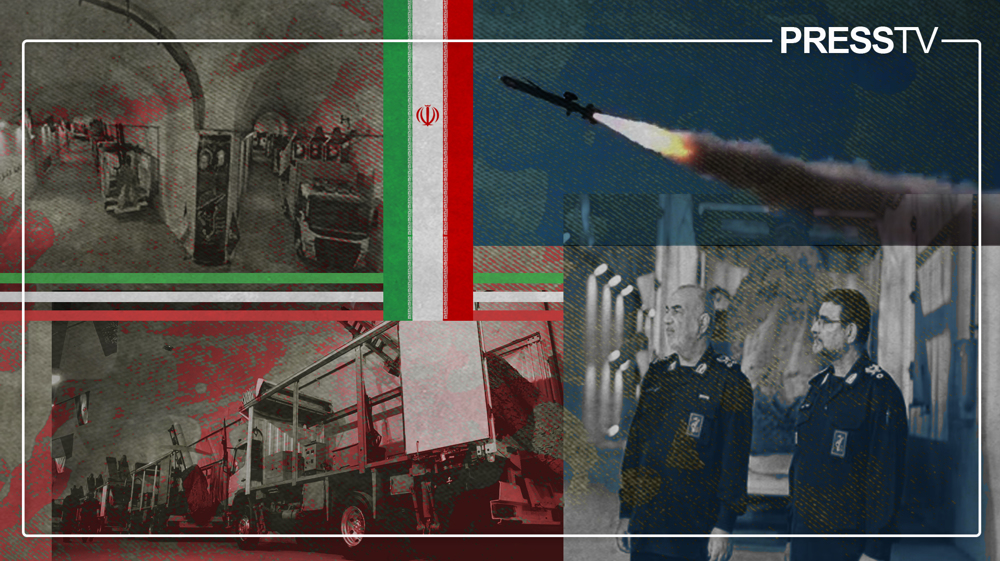
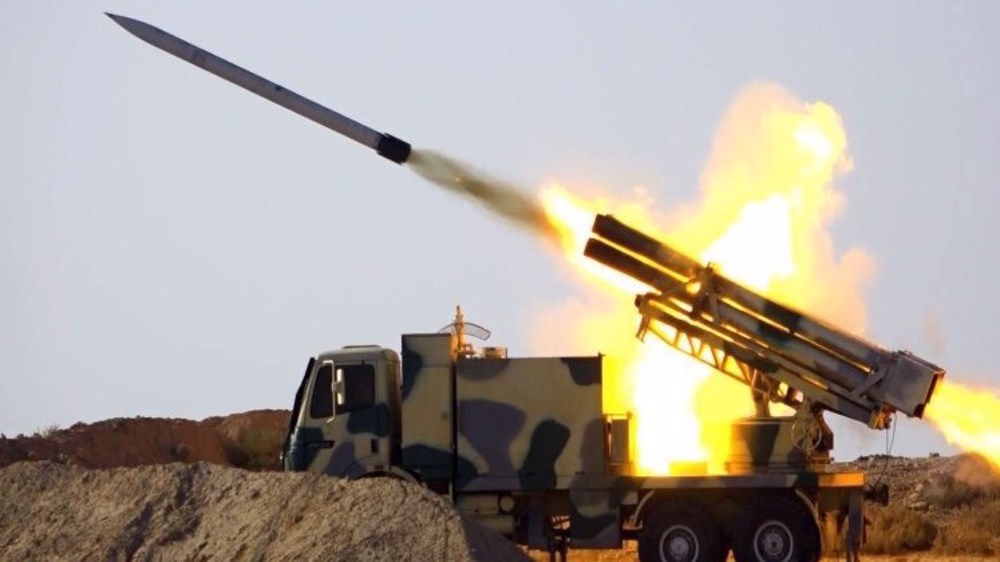
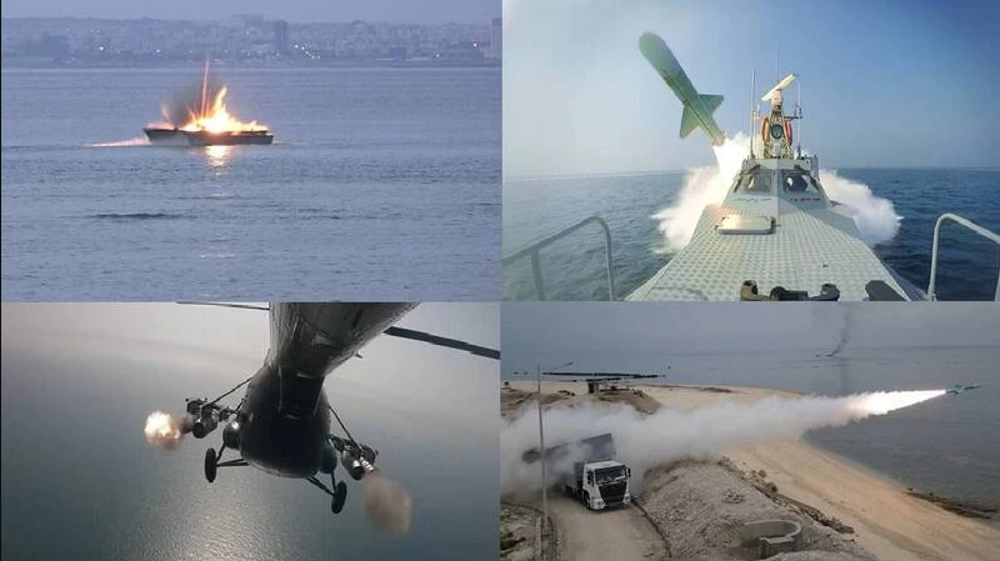
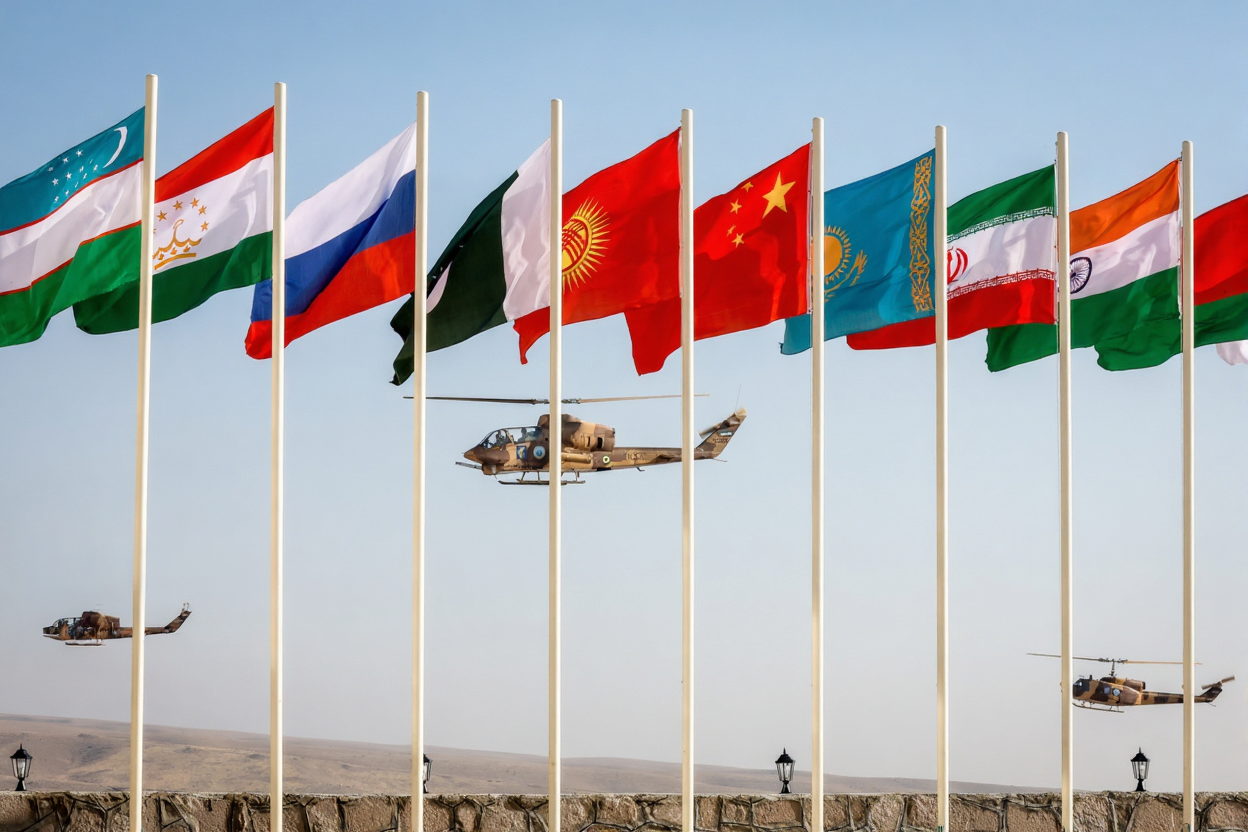



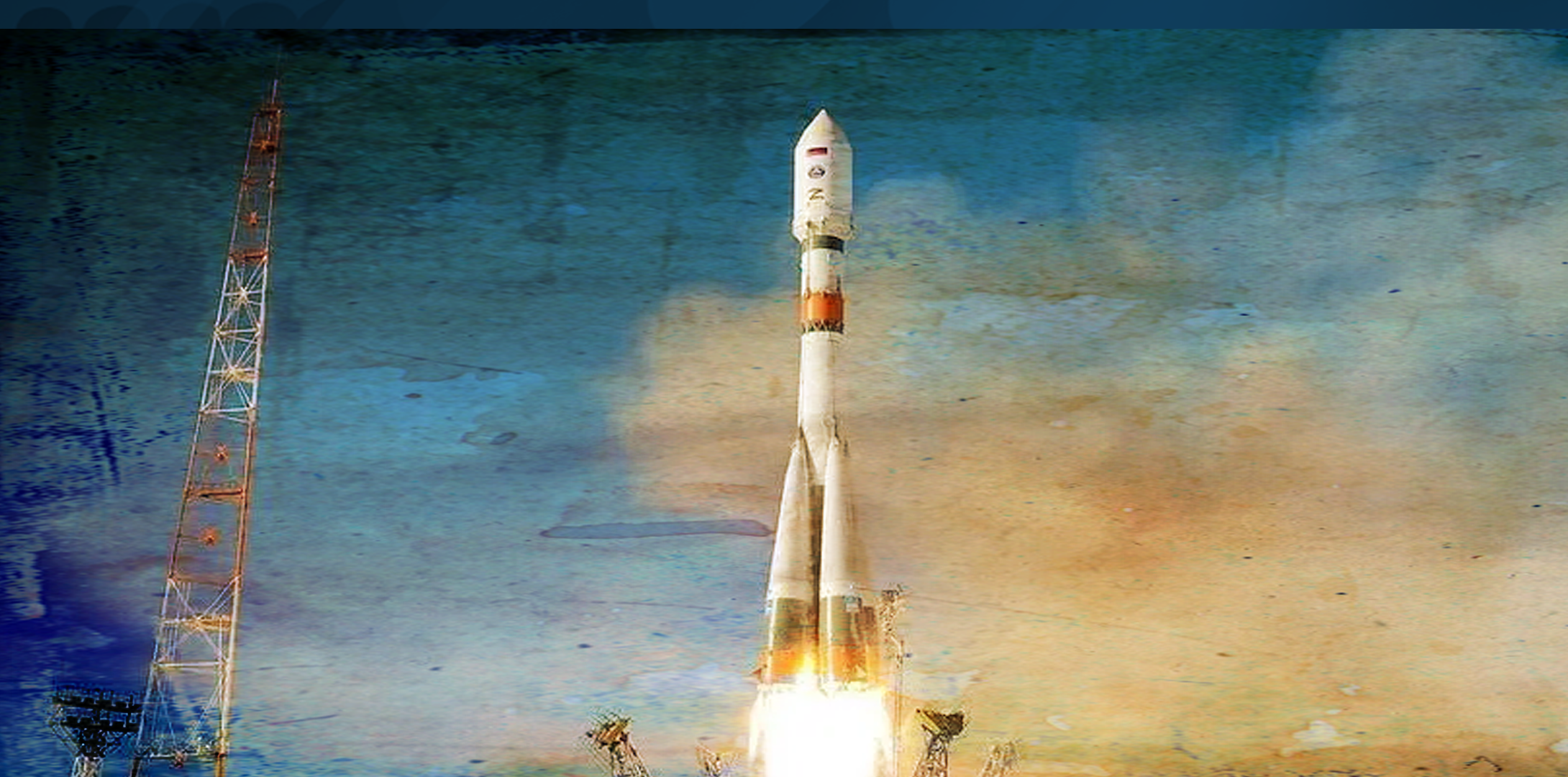
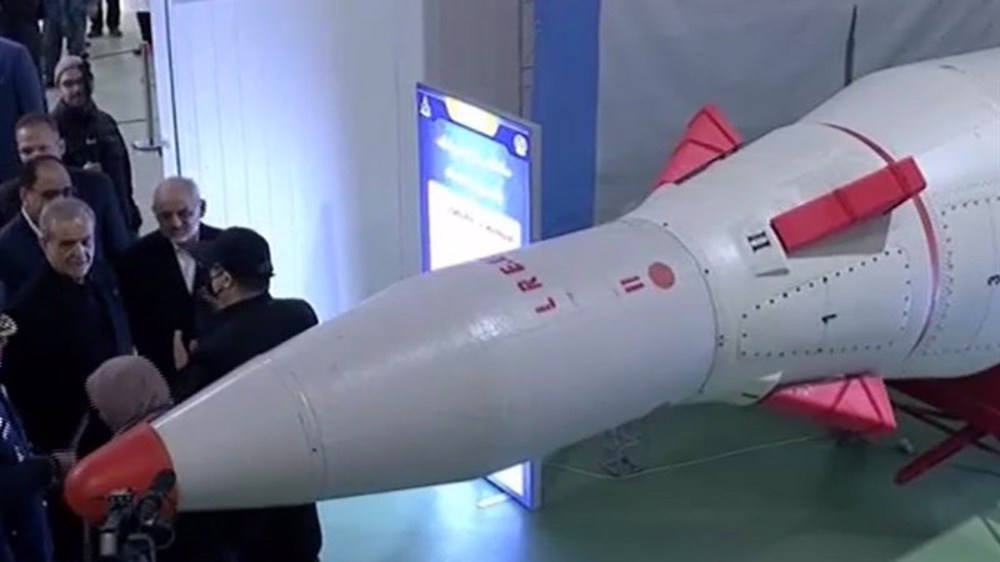
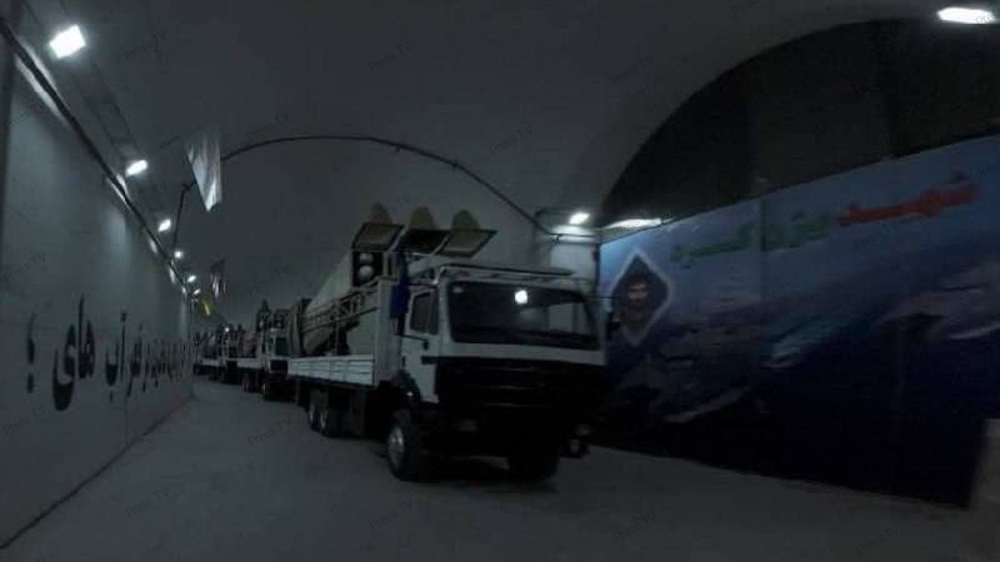
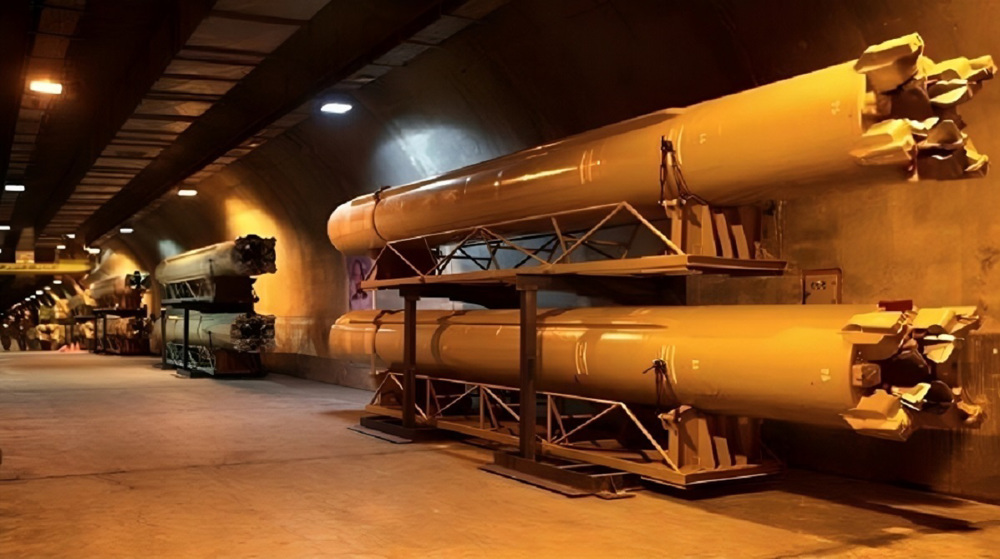
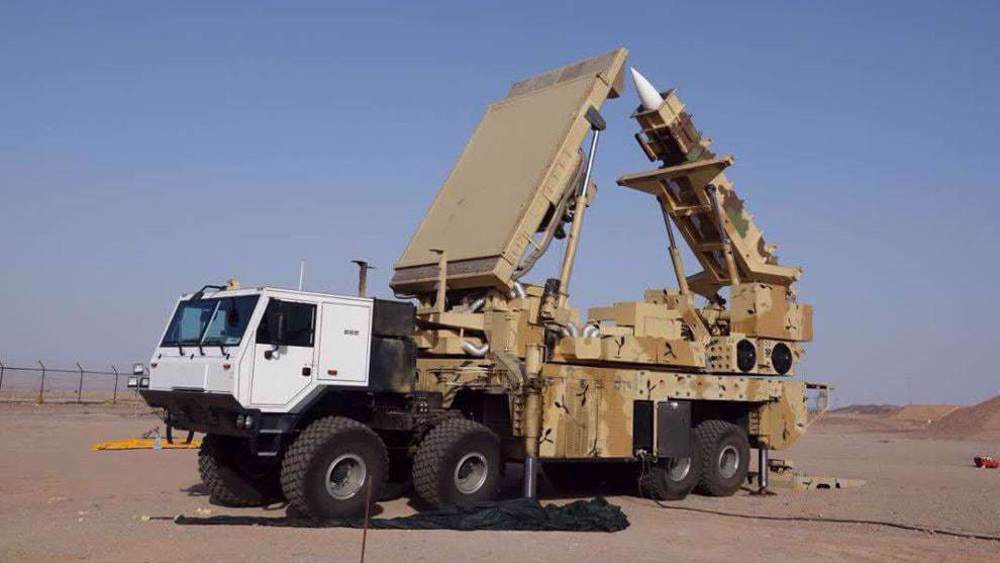

 This makes it easy to access the Press TV website
This makes it easy to access the Press TV website